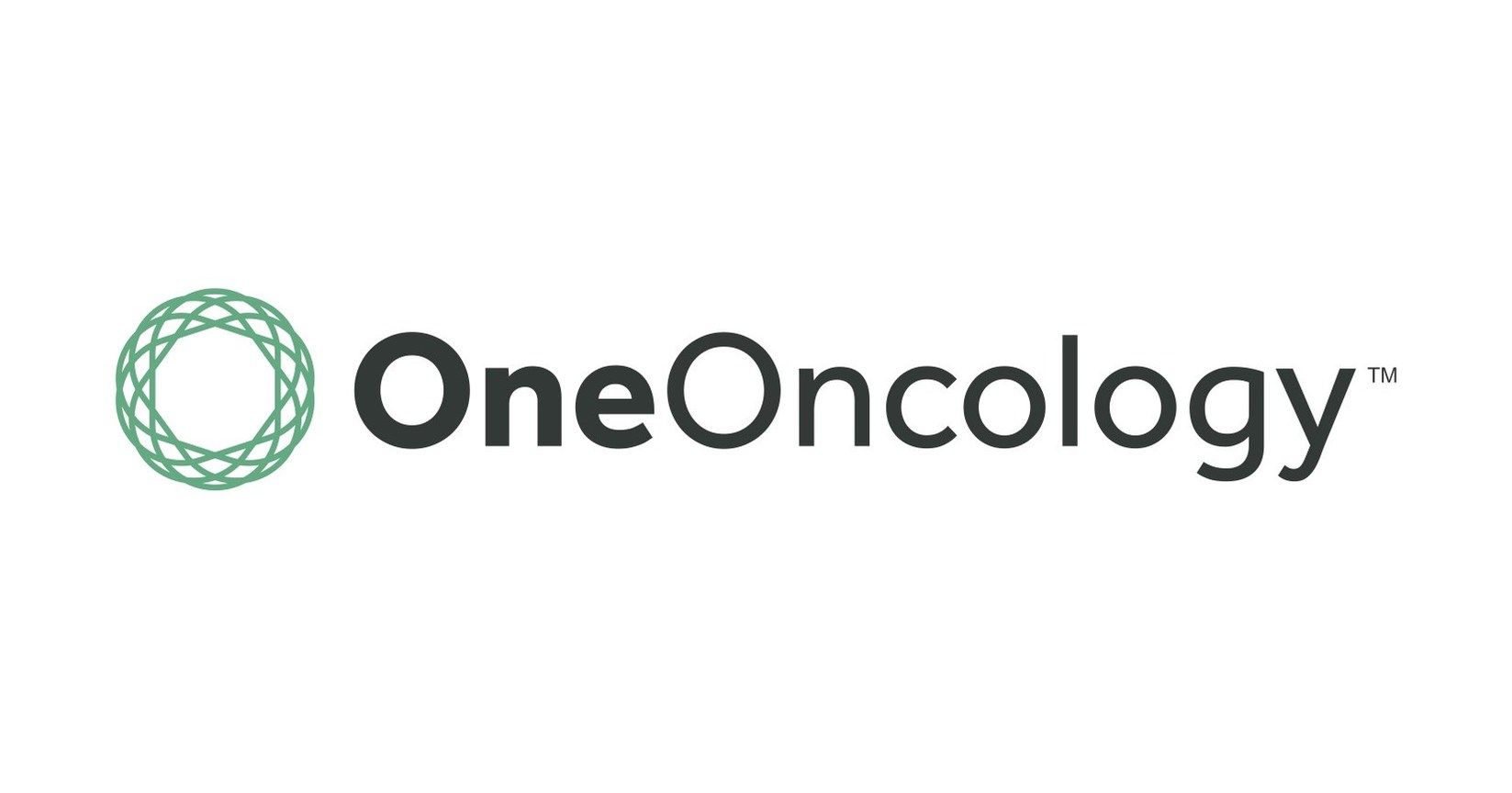Article
Few Clinicians Accurately Estimate Costs of Emergency Care
Author(s):
Healthcare professionals working in the emergency department may be unaware of the costs of the care they deliver, according to a new study that asked clinicians to guess the cost of 3 hypothetical visits.
Healthcare professionals working in the emergency department (ED) may be unaware of the costs of the care they deliver, according to a new study that asked clinicians to guess the cost of 3 hypothetical visits.
Prior studies have shown that physicians’ understanding of diagnostic test and drug costs is lacking, but little evidence exists on their ability to estimate the price tag of a patient encounter. The research recently published in the Journal of the American Osteopathic Association aims to determine ED health professionals’ accuracy in guessing the cost of 3 common presentations. The study authors hypothesized that their ability to accurately assess the costs would be poor, potentially because these professionals rarely see patients for follow-up, which eliminates the opportunity to discuss costs.
Researchers collected survey responses from 441 attendings, residents, physician assistants, and nurse practitioners at EDs across the United States. The survey included questions on demographic information like experience and location, while the cost-assessment component asked respondents to read 3 vignettes and choose from 4 ranges representing each situation’s total cost of ED care. It also asked whether the participant perceived their own understanding of cost as poor, average, or good.
The actual costs of care for the 3 clinical vignettes (a 35-year-old women with abdominal pain, a 57-year-old man with dyspnea, and a 7-year-old boy with a sore throat) were coded and calculated by the billing department at Lakeland Health in Michigan, where the study authors work.
“For each of the 3 case vignettes, the most common answer chosen by participants was correct, but overall, participants more frequently chose one of the incorrect answer choices,” the researchers found. For the first case, the correct answer was chosen 43% of the time, compared to 32% for the second case and 40.1% for the third.
Respondents with a higher level of training were more likely to select a higher cost range for all 3 of the cases. They were also more likely to indicate a higher perceived understanding of cost of care, although higher training was not associated with more correct estimates of cost. Clinicians from tertiary hospitals tended to choose higher cost ranges than those from community or rural hospitals. Geographical region was not associated with cost assessment.
According to the study authors, the findings indicate that clinicians may be overestimating their ability to estimate the costs of care. Assuming that physicians strive for cost-effectiveness, an “improved understanding of cost would translate to decreased cost to both patients and the health care system overall.” This understanding could be aided by displaying prices in the electronic health record or making clinicians aware of peripheral charges like room or nursing fees.
The researchers concluded that a better understanding of costs could contribute to a more efficient healthcare system and help relieve the cost burden on patients, which supports the need for greater price transparency in the ED.
"Early in my residency, I realized I had no idea how much money I was spending with all the tests and medications I ordered—mostly because it's just not discussed," said lead author Kevin Hoffman, DO, in a statement. "Osteopathic physicians take a whole-person approach to care. We believe it's important to account for the emotional, mental and physical effects of care—which increasingly means understanding the financial burden."




